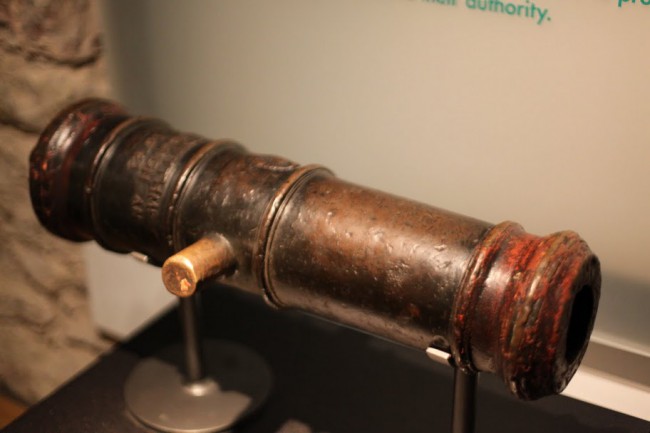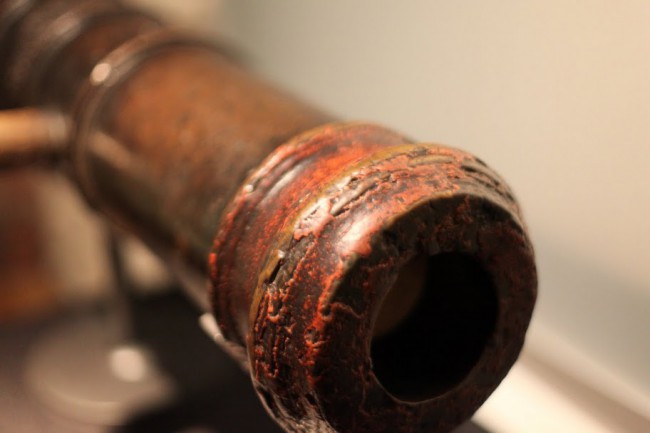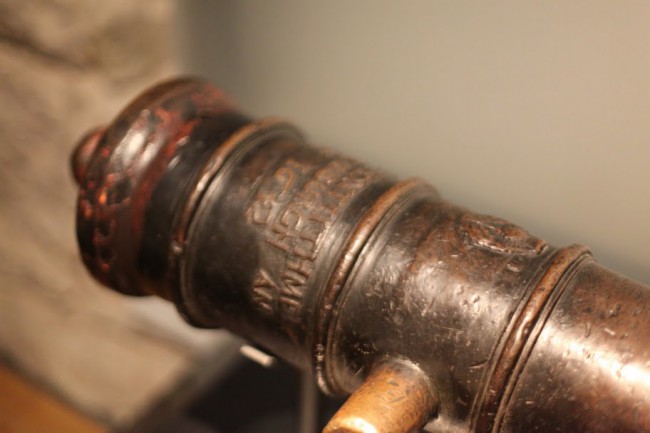History gets even more interesting when you can make connections in distant lands.
Last July, I was taking a course at AMU on military leadership. One of the leaders we studied in the course was Gustavus Adolphus, the king of Sweden (r. 1611-1632). Historians and theorists alike often refer to him as the “father of modern warfare.” To earn such a title, a man must introduce some martial innovations that are not only successful, but also stick around after that man’s death.
While at the National War Museum of Scotland this past summer, I came across such an innovation. One of Adolphus’s reforms was creating an effective artillery tactical system. Meaning, there were units in his army dedicated to firing cannon and they contributed to winning battles. Prior to Adolphus, artillery consisted only of heavy siege pieces, some requiring up to 36 horses to move. Once a commander placed his guns, he was not going to move them during the battle. Adolphus experimented with smaller cannon for easy maneuvering and eventually settled on the 4-pounder, which is much easier to move. ((B. H. Liddell Hart, Great Captains Unveiled (New York: Da Capo Press, 1996), 122.)) The guns were very deadly, as they often shot grape or canister shot, which was the equivalent of shooting two dozen musket balls at once. They only required a single horse for transport over long distances. On the battlefield, two men could move a single gun, which was a stark improvement from 36 horses for the much larger artillery before Adolphus. ((Archer Jones, The Art of War in the Western World (Urbana: University of Illinois Press, 2001), 223.))
Adolphus’s approach to warfare, including small field guns, eventually disseminated into the rest of the western world, but the influence goes further. Among the numerous nationalities in the ranks of his mercenaries were Scottish. The cannon below was originally cast in 1662 in Scotland–thirty years after Adolphus’s death–and modeled after the same cannon the Swedish king deployed. The English captured the cannon and sold it to someone in India, who remains a mystery. In 1826, the English ran into the cannon again when they attack the city of Bhartpur. They captured the cannon and eventually gave it a home in the museum.
That is quite the journey for a little cannon and it is quite the lineage for Adolphus’s military reforms.



